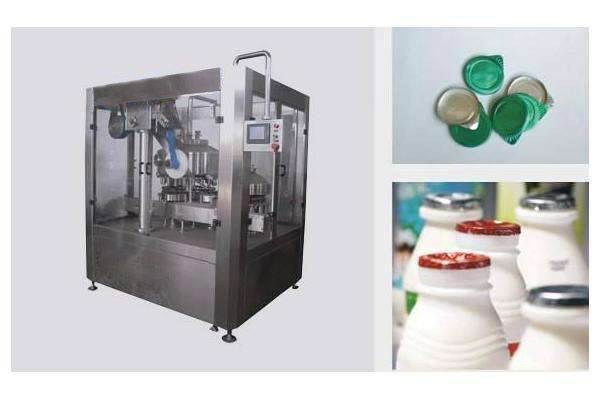

NOTICE:
The last few years have seen parts of the food and beverage industry doing away with pre-formed caps and lids in favor of films or foils. Nowhere is this more apparent than in the fresh produce industry, where the ‘lidless’ approach is being led by the leading UK supermarkets.
According to Packaging Automation, which also reports growing demand from the fresh produce sector, this switch is resulting in pack weight reductions of up to 30%.To make the move from clipon lids to film lids, the only equipment companies need to invest in is a tray sealer.
These machines give great flexibility through simple sealing tool changes to adapt to different tray sizes. The top film can be delivered pre-perforated or perforated on-line in the machine depending on the customer’s product range and volumes.
Besides being flexible, tray sealers for the fresh produce industry need to be able to cope with extremely high speeds. Fruit growers require speeds of up to 200 packs per minute; our new GT3 twin lane machine can cope with these very high speed requirements.
Packaging Automation claims its Eclipse tray sealers are robust enough to cope with high speed packing without any degradation of product presentation. The machines operate at speeds of up to 200 packs per minute in the TL6 twin lane format and 100 packs per minute in the SL6 single lane configuration.
But despite the advantages of tray sealing, Packaging Automation reckons that existing investment in flow wrapping equipment means that the switch to tray sealing will be slow for some fresh produce sectors, such as tomatoes. Additionally, the seasonality of soft fruit production can deter producers from purchasing machinery that may stand idle for part of the year. The trend in this industry is therefore towards hiring rather than buying outright.
Going capless
While in the fresh produce industry plastic trays are going lidless, in other areas of the food and drink industry bottles and containers are going capless. This is not an entirely new development – yoghurt pots, for example, have used foil lids for years. What is new is the range of products sporting foils instead of caps and the method by which the foil is applied.
Conduction sealing used to be the only way creating a foil seal. A conduction sealer uses electricity to heat the metal conduction head. When the head comes into contact with the container topped with aluminum foil, the combination of pressure and heat causes the foil to be hermetically sealed to the container.
There is another option – capless induction sealing, where the induction head emits an electromagnetic field, rapidly heating the sealing foil. The heat causes the foil to bond to the container. Relco says capless induction sealing offers a number of benefits over conventional conduction sealing, including 10-15% lower energy consumption, faster sealing dwell times, increased reliability, cleaner sealing and no downtime for warm-up and cool-down. In terms of cost, there’s not much to choose between the two types of sealer. A semi-automatic machine for a company packing small volumes and filling by hand would start at about £15,000, while a fully automatic machine would be around £25-30,000.

©Shandong China Coal New Energy Import Export Co., Ltd. © 2017
Address:No. 11, North of Kaiyuan Road, High-tech Zone, Jining City, Shandong Province, China